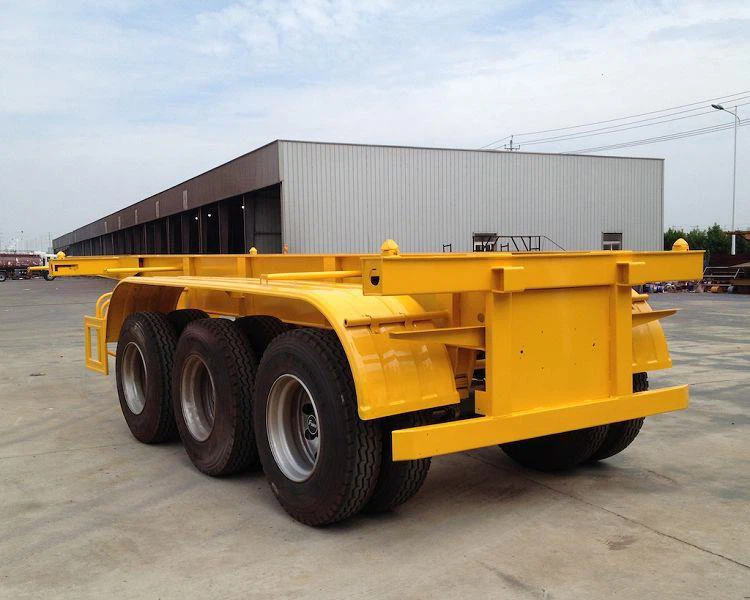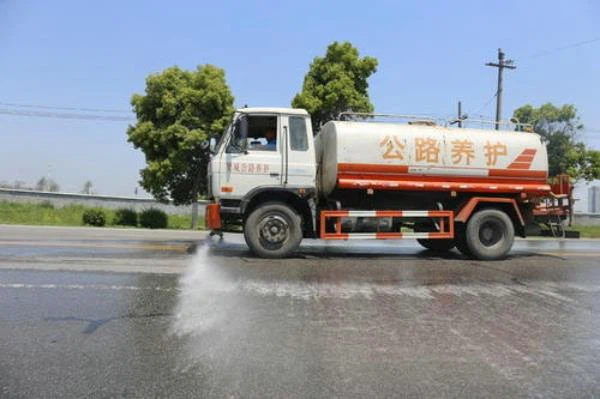The Ultimate Guide to Rescue Tools: Essential Equipment for Emergency Situations

Rescue tools play a critical role in emergency response scenarios, enabling rescuers to save lives and stabilize hazardous situations. This comprehensive guide delves into various types of rescue tools, their applications, and best practices for their use. Whether you are a professional rescuer, a volunteer, or a concerned citizen wanting to be prepared, understanding rescue tools is essential.
What Are Rescue Tools?
Rescue tools are specialized equipment designed to assist in emergency situations, facilitating the extraction, stabilization, and rehabilitation of individuals affected by accidents or disasters. They encompass a wide range of devices, from simple hand tools to advanced hydraulic systems. Proper knowledge of these tools can make all the difference in critical moments.
Types of Rescue Tools
Rescue tools can be broadly categorized into several types based on their functionality and application. Here’s a breakdown:
1. Hand Tools
Hand tools are the most basic yet essential types of rescue tools. They include:
- Axes: Used for breaking through barriers, debris, or blocked exits.
- Shovels: Essential for clearing away dirt and debris.
- Pruning Saws: Useful for cutting through vegetation or wooden structures.
2. Hydraulic Rescue Tools
Hydraulic rescue tools, also known as the “Jaws of Life,” are powerful devices used to extricate victims from vehicles or collapsed structures. These include:
- Spreaders: Used to pry apart structures, providing access to trapped individuals.
- Cutters: Designed to slice through metal and reinforced structures.
- Rams: Utilized to force objects apart or push obstacles away.
3. Rescue Ropes and Harnesses
In rescue operations, ropes and harnesses are vital for securing individuals and ensuring the safety of rescuers. Important types include:
- Static Ropes: Used for rappelling and lowering individuals.
- Dynamic Ropes: Designed to absorb impacts during falls.
- Complete Harness Systems: Ensure safety while performing rescues in elevated areas.
4. Medical Rescue Tools
These tools are essential for providing immediate medical assistance during rescues, such as:
- Defibrillators: Used to revive individuals experiencing cardiac arrest.
- First Aid Kits: Contains supplies for treating injuries on-site.
- Spinal Boards: Essential for stabilizing injured individuals during transport.
5. Multi-tools
Multi-tools combine several functions, making them ideal for a range of situations. Examples include:
- Swiss Army Knife: Equipped with multiple tools ranging from screwdrivers to knives.
- Rescue Multi-tools: Specifically designed with tools for rescue operations.
Best Practices for Using Rescue Tools
Knowing how to use rescue tools effectively can significantly impact the success of an operation. Here are some best practices to keep in mind:
Training and Familiarization
Rescuers should undergo regular training to maintain proficiency. Familiarity with each tool’s mechanism and limitations is crucial. Considerations include:
- Participating in hands-on training sessions.
- Reviewing manufacturers’ instructions and guidelines.
- Participating in simulated rescue drills.
Safety Precautions
Safety is paramount during rescue operations. Always adhere to the following precautions:
- Wear personal protective equipment (PPE) such as helmets, gloves, and protective eyewear.
- Ensure that tools are in good condition and properly maintained.
- Establish a safe perimeter to protect bystanders from potential hazards.
Communication and Coordination
Effective communication among team members is essential for a successful rescue. Tips include:
- Using radios or hand signals to relay information.
- Establishing clear roles and responsibilities before the operation.
- Conducting briefings after each rescue operation to learn and adapt.
Prioritization of Rescue Techniques

The choice of rescue tools and techniques should be based on the specific scenario and victim condition. Guidelines involve:
- Assessing the situation before acting; understand the risks involved.
- Choosing tools that suit the particular type of rescue required, whether extraction or stabilization.
- Considering the victim’s safety first, ensuring that they are not further endangered during the extraction process.
Practical Examples of Rescue Tool Applications
Understanding how these tools are utilized can provide clarity on their importance in different scenarios.
Vehicle Extrication
In cases of vehicular accidents, hydraulic rescue tools are often used. For instance:
- The spreaders can create space to allow rescuers to reach trapped individuals.
- Cutters are employed to remove the vehicle’s roof or doors for easy access.
Urban Search and Rescue
In situations where individuals are trapped in collapsed structures, various tools are essential. Examples include:
- Jacks and rams to lift heavy debris.
- Search cameras to locate victims in hard-to-reach areas.
Water Rescue Operations
In water rescue operations, rescue ropes and harnesses play an important role. For instance:
- Rope systems can allow rescuers to reach individuals in distress or affected by floods.
- Personal flotation devices ensure safety during an operation in the water.
The Importance of Maintenance and Inspection
Ensuring that rescue tools are in optimal condition is crucial for their effectiveness. Regular maintenance practices include:
Routine Inspections
Conduct regular checks to identify any wear and tear on the tools. Key actions include:
- Visually inspect tools for damage or rust.
- Check hydraulic tools for fluid levels and leaks.
Proper Storage
Store rescue tools in a dedicated environment to protect them from environmental factors. Considerations include:
- Using climate-controlled storage where possible.
- Ensuring easy access for rapid deployment during emergencies.
Future Trends in Rescue Tool Technology
As technology advances, rescue tools are becoming more innovative. Notable trends include:
Smart Rescue Tools
Digital integration is emerging in rescue tools, enhancing their effectiveness. For example:
- Tools that feature built-in sensors to assess structural integrity.
- GPS-enabled devices for tracking locations in real-time.
Lightweight Materials
New materials are making rescue tools lighter yet durable, improving ease of use. Innovations include:
- Carbon fiber tools that maintain strength while reducing weight.
- Advanced composites for improved durability and weather resistance.
Creating a Personal Rescue Tool Kit
Having a personal rescue tool kit can be invaluable in emergencies. Consider the following essentials:
Essential Items for Your Kit
- Basic hand tools (hammer, screwdriver, and wrench).
- A multi-tool for versatility.
- First aid supplies, including dressings and antiseptics.
- A whistle for signaling in emergencies.
Frequently Asked Questions (FAQ)
1. What are the most commonly used rescue tools?

The most commonly used rescue tools include hydraulic spreaders and cutters, hand tools, ropes, harnesses, and medical emergency tools like defibrillators.
2. How often should rescue tools be inspected?

Rescue tools should be inspected regularly, at least once every six months, or more frequently if used in high-demand situations.
3. Can I create my own rescue tool kit for personal use?
Yes, creating a personal rescue tool kit is recommended. Include basic hand tools, first aid supplies, and other items relevant to your location’s risks.
4. Are there specific training programs for using rescue tools?
Many organizations offer training programs for using rescue tools. Look for local fire departments, emergency medical services, or community colleges for courses.
5. How do I choose the right rescue tools for my needs?
Choosing the right tools depends on the situations you are preparing for. Consider local risks, such as vehicle accidents, flooding, or wildlife encounters.
6. What safety equipment should be included with rescue tools?
Always include personal protective equipment (PPE) such as helmets, gloves, and masks in conjunction with rescue tools to ensure safety for the rescuer.
